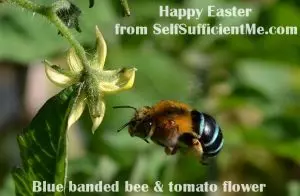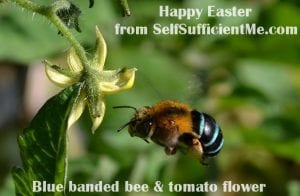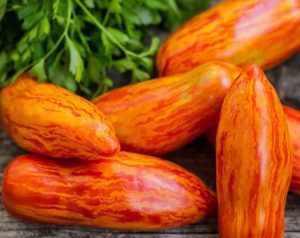Those who have recently experienced the major flood event in southeast QLD and northern New South Wales will be reeling at best and completely devastated at worst. If you have lost it all, I offer my deepest sympathies. Our food garden is like a family member, and when something happens to it, we suffer grief over the loss. Fruit trees, especially, have so much work put into them, so I’ve put together this emergency care for flooded fruit trees quick guide.
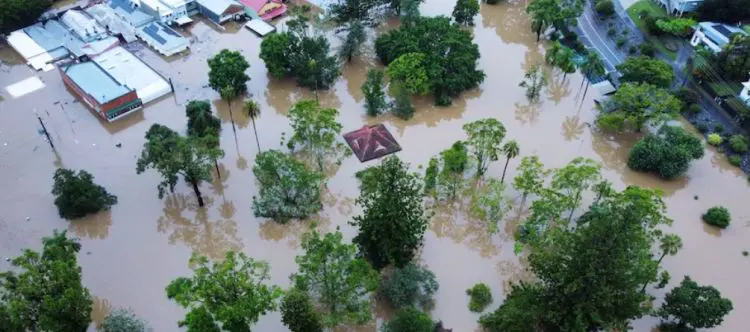
For many, it will be a total loss. For those in a position to help their food garden recover, here are my essential tasks that you need to complete ASAP. Your fruit trees may yet survive the onslaught with just minor injury!
Hygiene in the Garden
The first thing to be aware of is that floodwater is not simply dirty water. It will contain extraneous matter like sewerage, chemicals and other detritus which may contaminate your skin and anything else it comes into contact with. It follows then that broken skin could become infected, so you need to guard against such potential injuries. Wearing waterproof gloves and boots is a must, and if noxious vapours are present, a mask is a good idea.

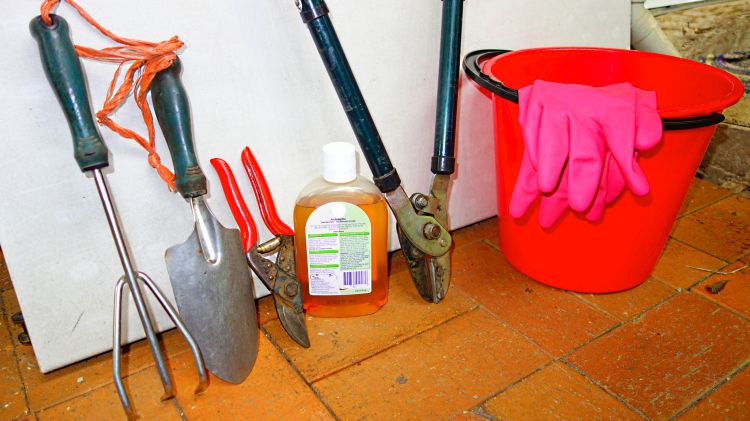
Cotton and canvas gloves will get wet and expose your skin to contaminants, so it’s best to avoid these for flood clean-ups. Rubber gloves that can be disposed of after each use are best, and have a bucket of antibacterial solution with you to clean tools as you go.
To start with, clear away all the detritus left by the floodwaters. If you have a functioning garden hose, set the nozzle to jet and wash down your trees to remove any muck that has settled on them. The soil will not be very healthy at this stage, so you’ll need to scrape away the top centimetre that contains toxic residue from floodwater. Scrape away any remaining mulch or grass from under each tree. Expose the trunk and soil surface to sunlight and air. UV light is one of the most potent disinfectant and repair agents we have, so it’s important to use this free resource as soon as possible. Exposing the soil maximises evaporation which is something you want at this time.
New Regrowth
Next, scuffle the soil out to the dripline and leave it exposed for a week so the UV rays can do their job. In the meantime, foliar feed your trees with a general fertiliser or seaweed & fish emulsion plus an extra dose of trace elements. The foliar fertilising can be done every 2-3 weeks until a new burst of leaves and flowers appear. After that, boost the potassium using another round of trace elements, foliar spray or specialised fruit tree fertiliser.

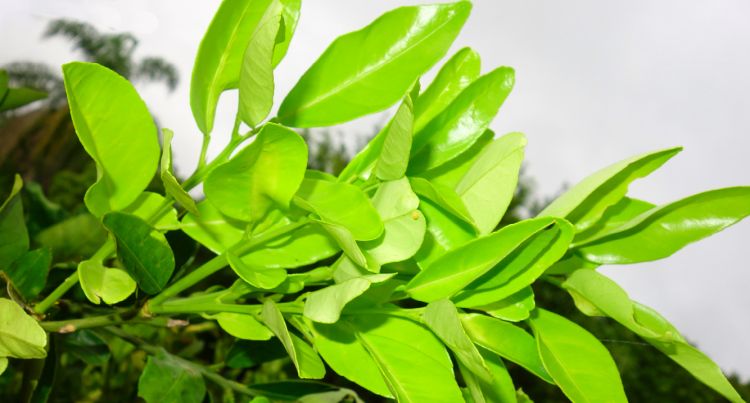
Trees that lost their leaves need branches pruned by one-third so as to reduce pressure on the root system. Citrus, for example, will have lost all the baby feeder roots on the surface if the ground was flooded. New roots have to grow again to support the new top growth, and fresh leaves may take weeks to appear. Once you see new shoots coming, begin your foliar feeding regime. The first foliar dressing on this new growth should be at half-strength.
Pests
As the days progress, check for insects and disease. Canker in the bark could be a big issue. The bark may crack or get soft patches caused by fungal infection. There are a variety of commercial treatments available for this, or you can also try a simple copper spray. Watch out for ants setting up nests in the damaged bark or new leaf growth, grasshoppers, scale, aphids, mealy bugs, thrips, lice and leaf munchers. Larger trees will benefit from having their trunks sprayed or painted now.

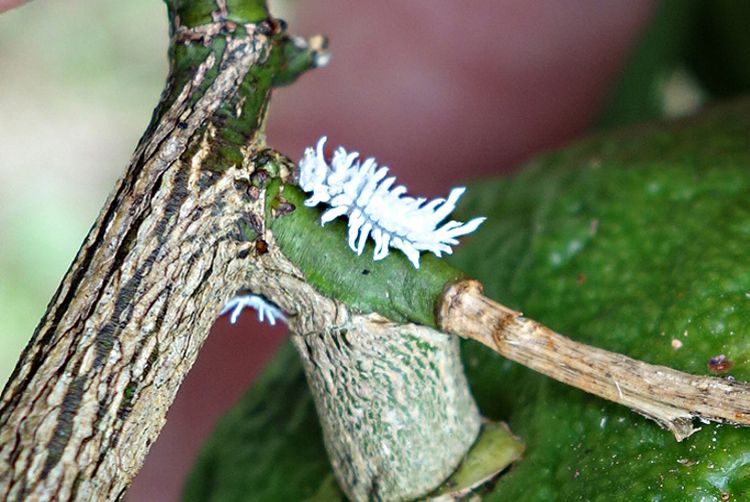
Good Bugs
Beneficial insects might be thin on the ground after flooding. This is because the large amount of rain we had caused many of the flowers to drop off (I lost every single flower off my 2 finger lime trees), so there is little if any nectar for them to feed on. As a result, you might see a surge in bad insect numbers.
If using an insecticide, watch out for any good bugs like butterfly caterpillars and mealybug hunters- you don’t want to accidentally kill them. Remember that even white oil can kill beneficial insects. Sometimes, simply pruning off or water-jetting offending insects can be the best approach. If you prefer not to take any action, you can simply stand back and wait for the natural balance to be re-established. The trees will usually survive the onslaught, but you probably won’t get a crop of fruit.
Fertilising
As well as the fertilising mentioned above, regular applications of weed or lucerne tea will significantly improve soil health and thus your trees and their root systems. Get a new container of it going now, so that it has time to brew. Remember to only use weeds or lucerne that didn’t suffer flood damage.
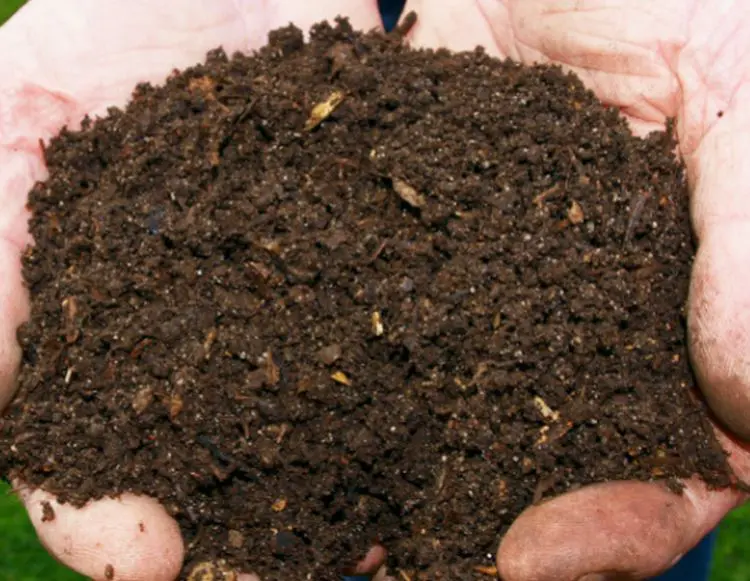
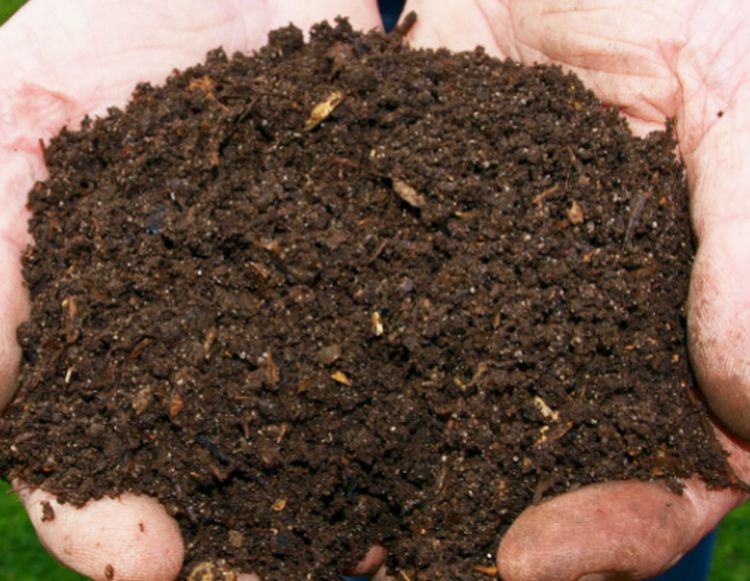
Compost
Any compost system that has been inundated by floodwater won’t be useable. Contaminated water will have turned compost into sludge at best and poison at worst. Buying bagged manure from the garden centre and using it to make a liquid compost tea will suffice until you have a fresh batch of solid compost ready to go. Place a few handfuls of manure in an old pillowcase, then soak this in a bucket of water for a few days. The brown liquid that results can be used directly on plants & trees and will give them a good boost.
Worm Farm
If you have a worm farm, check and clean it too. Give the survivors new bedding, make sure the farm is draining well and give them a small amount of food. Grinding food up so it is smaller and breaks down faster id best at this time. If your worm farm has been inundated, the first few weeks’ worth of leachate will not be useable due to contamination.

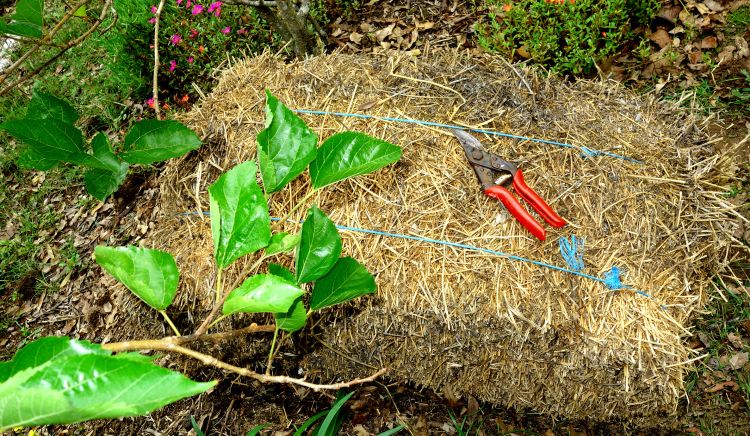
Mulching
After a week or 2 of exposing your soil to the air for evaporation, it will be time to apply a light mulch around all your trees. 3-4 weeks later again, a heavier and more permanent mulch (like wood chip) can be added. This will induce composting which in turn will develop a fresh crop of good bacteria for the soil.
I hope this emergency care for flooded fruit trees is helpful- but I also hope you don’t have to use it!

